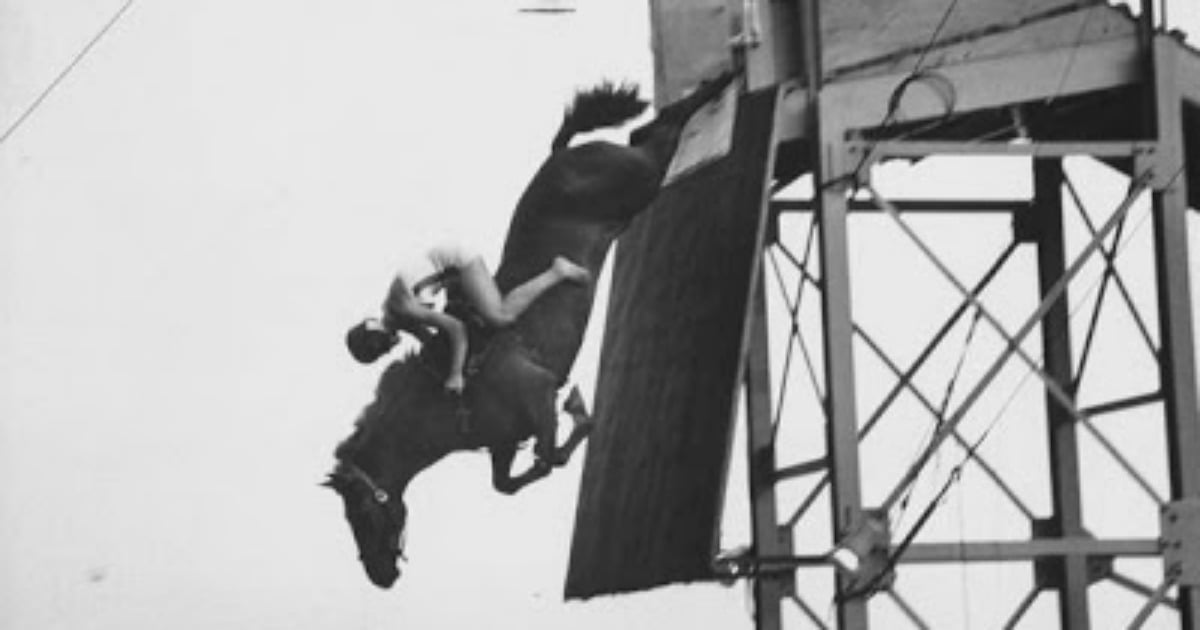It was during a recent visit to a photography museum in Stockholm that I saw a black and white image of a horse that stuck with me.
Fotografiska features four major exhibitions per year, and since May, they’ve been showcasing Like a Horse. The series comprises photography, video works and installations that capture the fascinating and diverse relationship people have with horses. Gender and privilege are explored artistically, as horses are represented in various contexts and with fluid meanings.
Then there it was.

An image of a horse jumping from a platform, with a person on its back.



Top Comments
Any sport that involves animals is horrific.